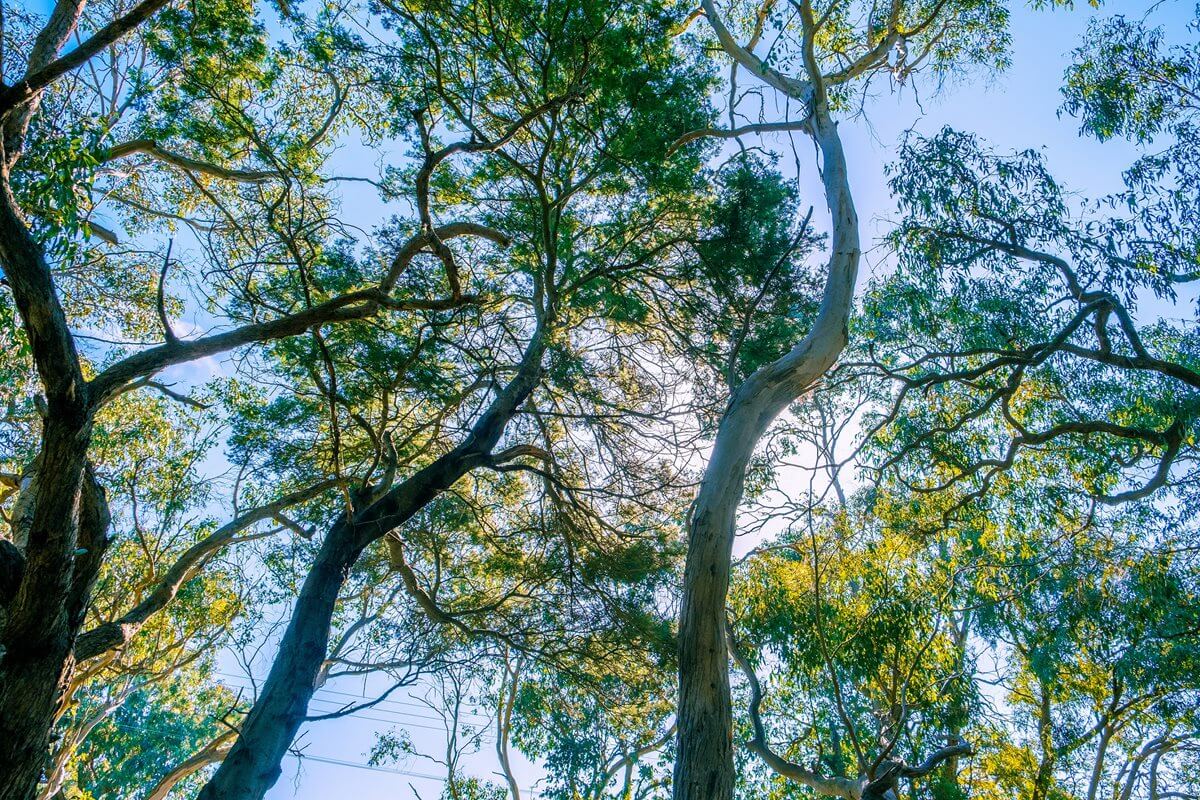

Initiatives to reduce the environmental impact of steelmaking have produced serious gains in recent years, particularly in relation to reduction of greenhouse gas emissions, water savings and sustainable use of steelmaking by-products.
A significant reduction in greenhouse gas is being achieved through the turning of what were once waste products into valuable by-products. The Liberty Steel plant in Whyalla, South Australia, currently generates more than 35% of its own energy through the reuse of waste gases (OneSteel Sustainability Report 2015).
BlueScope Steel reports a reduction in carbon emissions of over 40% since 2011 and an 8% reduction in emissions intensity per tonne of steel (BlueScope Steel Sustainability Report 2017).
The Victorian EPA has recognised the achievements of BlueScope's Western Port works in reducing airborne emission by 32–67% despite production increases. For example, extensive redesign of the No. 2 paint line resulted in major natural gas savings and the halving of greenhouse gas emissions.
.jpg?variant=FullWidth)
The installation of advanced water treatment technology has markedly reduced water consumption in steelmaking, using recycled water and reducing water consumption by as much as 50% over ten years.
The Liberty Steel plant in Whyalla currently generates more than 35% of its own energy through the reuse of waste gases (Liberty OneSteel Sustainability Report 2015).
BlueScope Steel’s Port Kembla plant has reduced water consumption in steelmaking from over 5.0 to 2.5 kl per tonne of slab over the past 10 years. An initiative between BlueScope Steel and Sydney Water will further reduce the demand for fresh water by 50%. Fresh and recycled water use has been reduced by 8% from FY2016 with further reductions planned for 2018 (BlueScope Steel Sustainability Report 2017).
About 80% of Australia’s 1.6 million tonnes of blast furnace slag is now used as cement substitute in concrete-making and about 60% of the one million tonnes of steelmaking slag is now used as road base to replace quarried material.
Spent acid from sheet and coil galvanizing and pickling processes are being used in fertiliser production. Coal seam methane gas (which is 20 times more potent than CO2 as a greenhouse gas) is being captured in collieries supplying the steelworks at Port Kembla and turned into electricity.
Liberty Steel’s polymer injection technology follows three years of close collaboration between Liberty Steel and the University of NSW to replace some of the coke used as a slag foaming agent in Electric Arc Furnace (EAF) steelmaking with polymers, including recycled rubber and plastic. When injected, the coke/polymer blend improves slag foaming properties for more efficient use of electrical energy and to potentially reduce carbon consumption produced by coal-fired power stations. Polymers that are often diverted to landfill are recycled into value-added steel products. (ASI/Capabilities of the Australian steel industry to supply major projects in Australia, 2010).
The World Steel Association publishes sustainable steel indicators each year outlining the work the steel industry is doing to enhance its economic, environmental and social sustainability:
Sustainable steel - Indicators 2019 and the steel supply chain